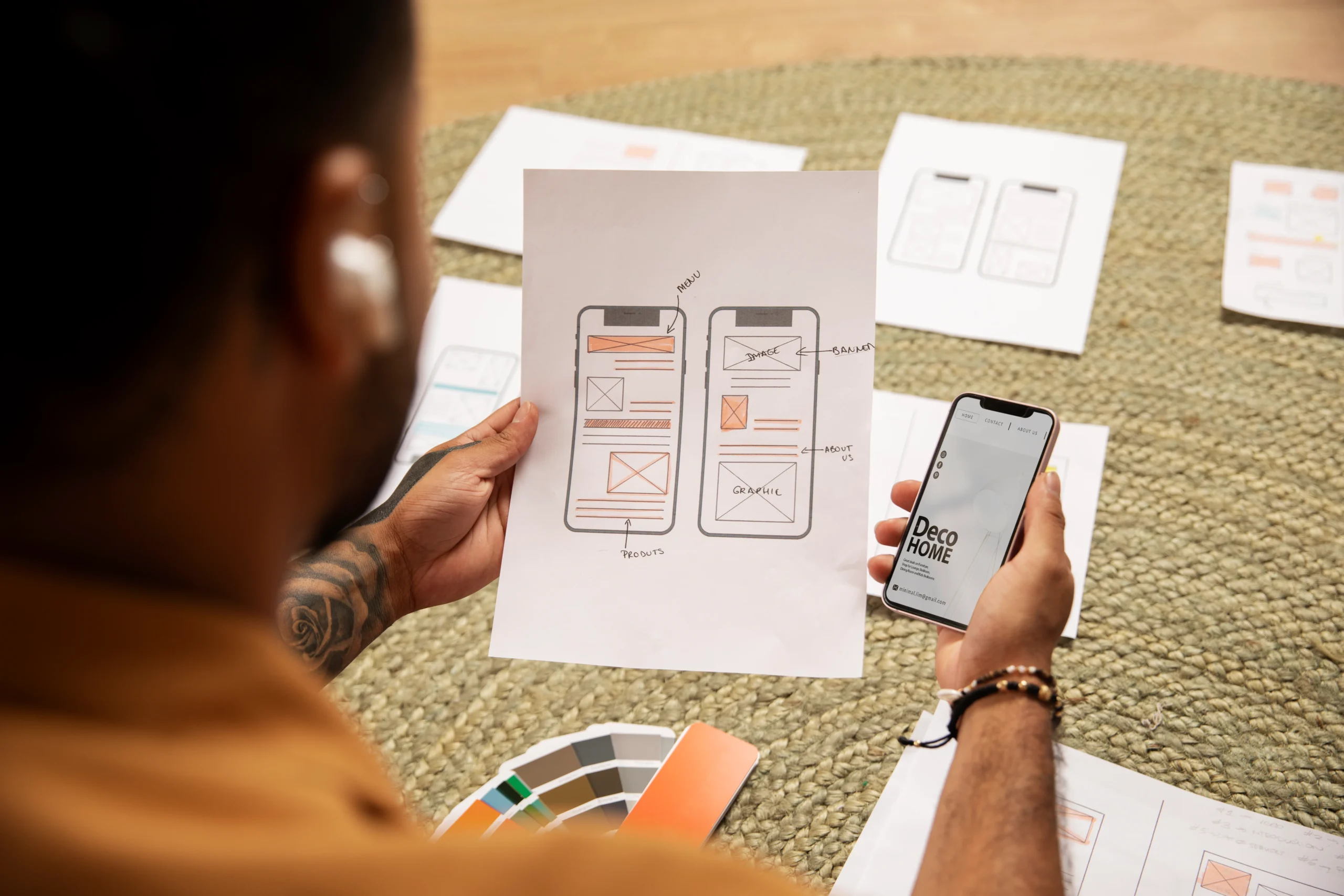In today’s fast-paced tech landscape, gaining market traction quickly can make or break a startup. That dynamic is particularly vivid in Austin—a city brimming with innovation, high-growth startups, and intense competition. For founders, the ability to iterate fast and test ideas with real users is critical. But building full products too early is costly and risky, while low-fidelity mockups can’t fully simulate real user behavior.
That’s why rapid prototyping has become a powerful trend across Austin’s startup ecosystem. By creating functional, interactive proofs of concept in weeks rather than months, startups can validate product-market fit, refine UX, and gather user feedback before committing to full-scale development.
Whether you’re planning to partner with professional app developers in Austin or hire an international agency, it’s always a good idea to know the details yourself.
Let’s explore how this lean, design-driven approach is reshaping mobile app success—and how founders can leverage it for smarter, faster, and more effective launches.
Why Rapid Prototyping Is a Must-Have Strategy in Austin’s Startup Scene
Austin’s startup culture thrives at the intersection of tech, design, and experimentation. From music and entertainment to fintech and wellness, local users hold high standards for mobile experiences—and expect to be heard. Key pressures include:
- Investor Expectations: Pitch decks are no longer enough. Investors want to see working prototypes—even minimal ones—to assess usability and traction potential.
- Design-Conscious Users: With a growing base of early adopters and creative professionals, Austin users are quick to abandon apps that feel unpolished, even if they offer good features.
- Iterative Culture: The city’s co-working spaces, startup events, and mentorship networks encourage fast feedback loops—making prototyping invaluable.
By focusing on core functionality, user flow, and interactive design—without building full backend infrastructure—rapid prototypes reduce risk, accelerate learning, and inform product strategy brilliantly.
What Counts as a Rapid Prototype (and What Doesn’t)
Not every quick mockup qualifies as a high-value prototype. Here’s what counts—and what doesn’t:
High-Impact Prototypes Include:
- Interactive flows like onboarding, booking, or checkout
- Working UI built with React Native, Flutter, or Swift/Android layouts
- Simulated data that mimics real-world use (e.g., hospitals, calendars, social feeds)
- Mock APIs to simulate backend behavior
- Integrated user feedback cycles
Low-Value Versions to Avoid:
- Static wireframes or non-functional visuals
- Feature-complete apps with invalidated UX
- Prototypes without real user testing or analytics
The Step-by-Step Process: 12 Weeks to a Functional MVP
Weeks 1–2: Research & Ideation
Define user personas, pain points, and target tasks. Validate assumptions through interviews and surveys.
Weeks 3–4: UX Design & Interactive Wireframes
Build mid-fidelity wireframes in Figma or Sketch. Use clickable prototypes to test usability early.
Weeks 5–6: Visual Design & Brand Integration
Add branding, colors, icons, and microinteractions. Develop a mini design system.
Weeks 7–10: Prototype Development
Build a clickable version using React Native, Flutter, or Swift. Add simulated backend logic and analytics tools like Mixpanel or Firebase.
Weeks 11–12: Testing & Iteration
Recruit 20–30 local users for feedback. Refine the design and flow before presenting to investors.
Real-World Examples: Austin Startups That Prototyped Their Way to Traction
- A wellness startup built a clickable mental-health journaling app in Flutter to refine tone and notification flow before backend development.
- A hyperlocal marketplace tested delivery and collection flows using React Native mockups, saving months of backend work.
- A creative AR startup created an early Swift Playground prototype that helped secure a bridge funding round.
Each example shows how prototypes drastically reduced investor prep time and informed smarter decisions pre-launch.
How to Build Prototypes Smart: Tools and Playbooks
Here’s a toolkit frequently used by Austin founders:
Design & Prototyping: Figma, Sketch, Adobe XD, ProtoPie
Frontend Frameworks: React Native, Flutter, SwiftUI, Jetpack Compose
Mock APIs: Mirage JS, JSON Server, Firebase Emulator
Analytics: Mixpanel, Amplitude, Hotjar
User Testing: Maze, UserTesting.com, Lookback
Engaging a skilled mobile app development agency (say, from Austin or familiar with the local market) ensures prototypes are translation-ready into final builds, saving time later.
The ROI of Rapid Prototyping: Why It’s Worth the Investment
While quality prototypes take time and budget, the returns are undeniable:
- Faster Market Validation: Discover what works before major funding.
- Better Usability: Find and fix UX pain points early.
- Investor Confidence: Interactive demos communicate vision better than slides.
- Design-Developer Alignment: Reduces miscommunication and speeds up MVP development.
Many Austin startups manage to build effective prototypes for $20K–$40K, a fraction of full development costs—while cutting risk dramatically.
Common Mistakes to Avoid
Avoid these prototyping pitfalls:
- Skipping user testing or analytics
- Overbuilding features without validation
- Ignoring accessibility or UX diversity
- Treating prototypes as final builds
Preparing for the Next Stage: From Prototype to MVP
Once your prototype is validated:
- Export assets and specs
- Partner with developers to reuse components
- Build backend infrastructure after validating flow
- Launch early, gather feedback, iterate fast
A validated prototype can evolve into:
- A full native MVP
- A cross-platform app using React Native or Flutter
- A hybrid solution with dashboards or admin panels
Why This Matters in Austin
Austin’s startup community thrives on lean innovation. Rapid prototyping accelerates demo-day readiness, helps test niche ideas, and strengthens investor appeal. It’s not just a development shortcut—it’s a growth strategy.
Final Thoughts
In Austin’s competitive startup scene, launching without testing is a gamble. Rapid prototyping empowers founders to validate, iterate, and launch confidently. Whether you’re targeting wellness, fintech, or creative industries, this design-driven approach saves time, money, and frustration—turning ideas into products users love.
If you’re ready to plan your prototype roadmap, select the right tech stack, or connect with an expert development team, reach out today—your next breakthrough could start with a prototype.


